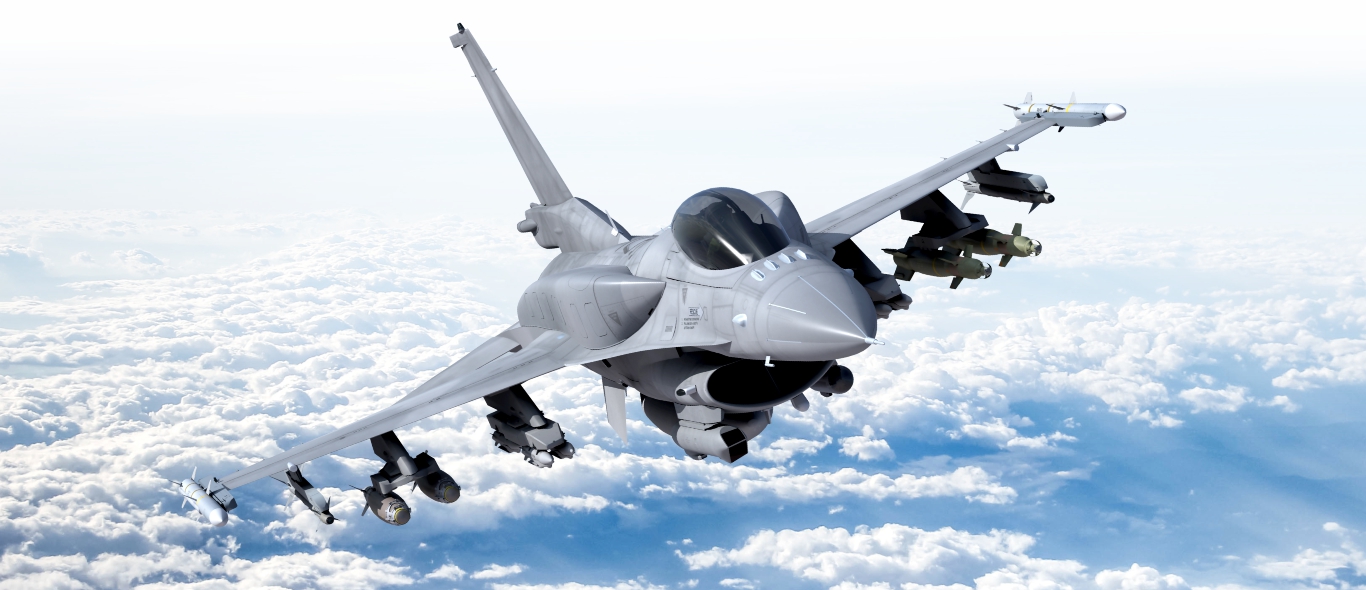SOURCE: AFI

Lockheed Martin’s F-21 fighter jet has been making headlines as the American contender in India’s Medium Role Fighter Aircraft (MRFA) deal, positioning itself as a formidable option for the Indian Air Force (IAF). However, beneath the flashy marketing and bold claims lies a more nuanced reality that deserves closer scrutiny.
While Lockheed Martin insists that the F-21 is not merely a redesignated F-16, but a significantly enhanced variant, skeptics argue that it falls short of the hype surrounding it. Comparisons to the F-35 a 5th generation stealth fighter, seem exaggerated, with the F-21 positioned as a step below its capabilities.
At the heart of the debate is the question of whether the F-21 truly offers a substantial leap in performance and capabilities over existing aircraft like the F-16 Block 52. While Lockheed Martin emphasizes features borrowed from the F-22 and F-35, critics argue that the similarities are superficial and fail to translate into significant operational advantages.
One of the key selling points of the F-21 is its advanced APG-83 Active Electronically Scanned Array (AESA) radar, boasting impressive detection ranges and target-tracking capabilities. However, skeptics question whether Lockheed Martin will provide source code of the radar system so that it can be integrated with Indian weapons systems.
Similarly, the inclusion of Triple Missile Launcher Adapters (TMLAs) is touted as a game-changer, allowing the F-21 to carry more air-to-air weapons than previous F-16 designs. While this may offer a tactical advantage in certain scenarios, but this will significantly alters the aircraft’s overall effectiveness in combat situations due to additional air to air missile that after each CAPS will reduce efficiency of this missiles.
Critics also point to the lack of substantial upgrades in other crucial areas, such as the 50 year old airframe and engine matrix, which are both dated to be called as a true next-generation performance. While Lockheed Martin’s marketing materials may paint a rosy picture of the F-21’s capabilities, the devil is often in the details, and discerning observers are quick to question the substance behind the hype.
Furthermore, concerns have been raised about the compatibility of the F-21 with India’s indigenous defense manufacturing goals. F16 Block-70 that was on offer to India in now cancelled MRCA tender scored poorly and even failed to meet Technical rounds. While the MRFA deal includes provisions for ‘Make in India,’ it remains to be seen whether the transfer of technology and production capabilities associated with the F-21 will align with India’s strategic objectives in the long term.
Lockheed Martin’s F-21 fighter jet may offer some incremental improvements over existing aircraft, it is essential to separate fact from fiction when evaluating its true capabilities. As India considers its options for the MRFA deal, a critical and balanced assessment of the F-21’s strengths and weaknesses is imperative to ensure that the country’s defense interests are effectively served in the years to come.